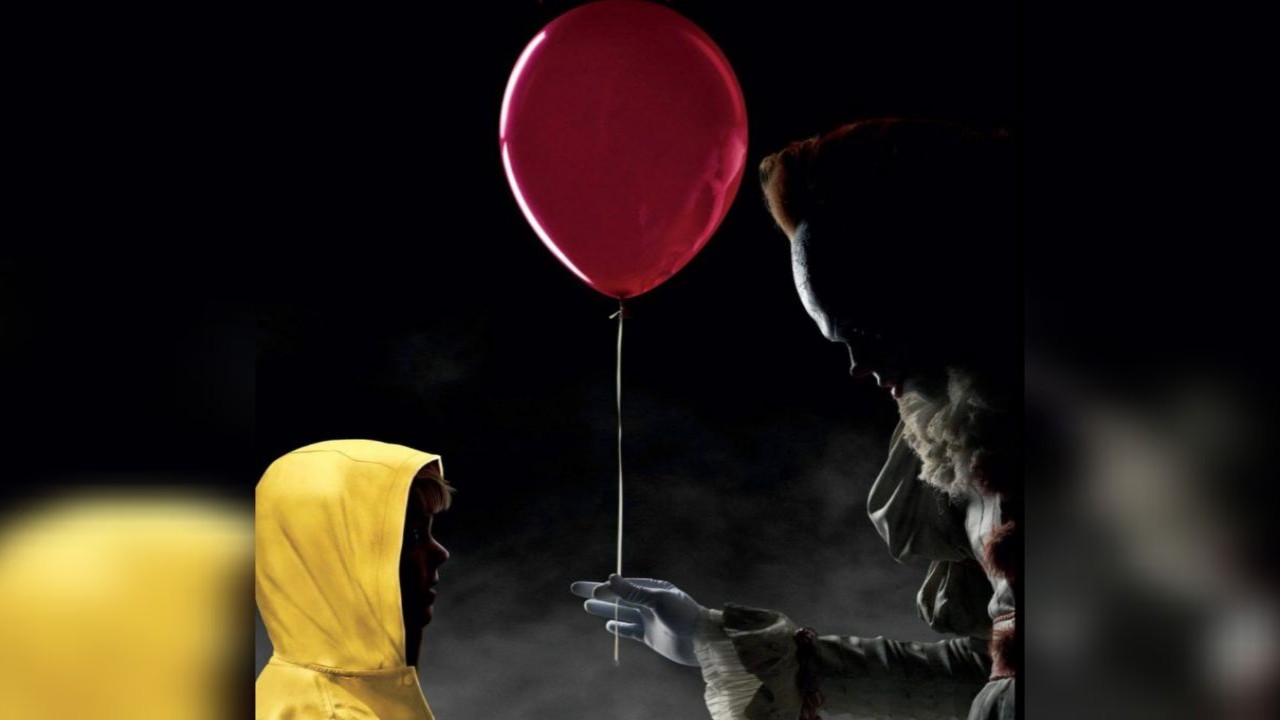
As a lifelong fan of Stephen King’s works, I have had the unsettling pleasure of witnessing the chilling transformations of Pennywise the Dancing Clown across various adaptations of “It.” While both the 1990 miniseries and the 2017-2019 remake have their own unique takes on the character, I must say that my preference leans more towards the original portrayal by Tim Curry.
In Stephen King’s novel, It, the chilling figure of Pennywise, the menacing clown, is widely known for inducing fear in readers, particularly those with a fear of clowns (coulrophobia). However, the true form of Pennywise is left unexplained within the book. Translating King’s iconic characters to the big screen can sometimes prove challenging due to their complex and unsettling nature.
The tale has been presented in two primary forms: a 1990 miniseries with Tim Curry embodying Pennywise, and a 2017 and 2019 sequel, It: Chapter Two, where Bill Skarsgård takes on the role of Pennywise. Yet, each interpretation of Pennywise offers a distinct perspective, complicating the task of grasping the heart of the story.
In the horror series It, Pennywise the Clown isn’t just one shape that the monster takes; it adapts to various forms across the movie versions and miniseries, spreading fear everywhere. Characters in the story encounter this creature differently, with each transformation assuming a different frightening guise.
https://www.instagram.com/p/B0W2555DTlc/embed
In the miniseries, It adopts different shapes, like Ben Hanscom’s father, Georgie Denbrough, and Stan, to frighten viewers. It morphs into a skeleton from a murky lake, mocking Ben and his brother Bill. Richie Tozier is unnerved by a typical horror movie monster, and It assumes the teenage werewolf form from that film. Additionally, it exploits Beverly’s traumatic home environment and her father to instill fear in her.
When grown-up Beverly (Bev) visits her old family home, she meets Mrs. Kersh who surprisingly reveals herself as the antagonist, or ‘It’. In addition, It assumes the decayed form of Henry Bowers’ lackey, Belch, to assist in freeing Henry from confinement. The ensuing prison break sees the monster morph into a menacing clown with an enraged canine head to neutralize the security officer on duty.
In the remake of “It,” Pennywise assumes the role of the terrifying dancing clown, but the other creatures it manifests differ significantly. For instance, Stan comes across a chilling woman from a painting, Eddie metamorphoses into a grotesque leper, and Ben spends time in a library. The entity then adopts forms as Georgie and Mrs. Kersh, eventually revealing its Deadlights and the final form as a colossal spider. This monster’s transformations offer an intriguing blend of horror and comedy.
https://www.instagram.com/p/B12dC3SHf5Q/embed
In both film adaptations of King’s novel, the story is centered around, Pennywise the Dancing Clown, who transforms into approximately thirty distinct shapes. One of these forms first appears to Georgie in a storm drain, initially resembling a blend of Bozo and Clarabell clown characters. Later on in the book, King describes Pennywise as donning a silver suit with orange pom-poms and fluffy hair, which matches the depictions in the films.
In some ways, elements from both versions of Pennywise line up more closely, but Skarsgård’s portrayal wears a more book-accurate suit while appearing even more terrifying than many readers might imagine from the book. Despite this, Tim Curry’s version is generally considered to be the most faithful adaptation to the book.
Read More
2024-08-04 10:38